- Kitchens
- Design Ideas
- Cities
- Trends
- Guides
- Price Calculators
- Our PortfolioNEW
- More
- Home
- Trends
- Furniture And Decor
- Paint And Color
- Rare Colors
17 Exquisite and Rare Colours You've Probably Never Encountered
Welcome to a chromatic adventure as we unveil 17 exceptional and uncommon colours! Discover rare hues that not only look strikingly beautiful but are also mystifying. Introduction Within the spectrum of colours lies many distinct and rare hues that remain unknown to many people. This article delves into 17 such special colours, each with its charm and story, extending your knowledge beyond conventional colours and introducing you to beautiful colour names and palettes.
Table of Content
Wenge
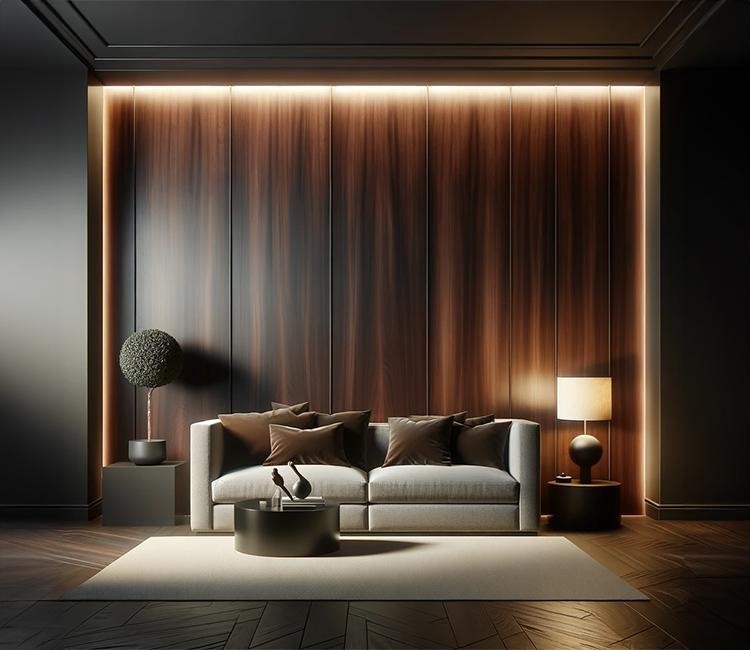
Wenge is an elegant and highly prized wood, harvested primarily from Millettia Laurentii trees in Central Africa. Renowned for its deep, dark brown colour that is nearly black with subtle, fine black veins creating an eye-catching grain pattern, wenge is widely used in furniture, flooring, cabinetry, high-traffic areas, and pieces requiring longevity due to its durability and resistance to wear’it even attracts modern minimalist designers! However, its fragile nature requires caution due to the dust it produces, which may cause irritation.
Fulvous

Fulvous is a term used in colour theory to refer to a warm reddish-yellow and brownish-orange hue resembling autumn leaves or the tawny shades of some animal furs, often associated with rustic charm in landscapes, wildlife, and traditional textiles. Fulvous often serves as an indicator of natural elements found in landscapes, wildlife, and textiles alike. Ornithologists frequently employ it in describing bird feather colourations, specifically in species like the Fulvous Whistling Duck. In design and fashion alike, fulvous adds warmth while organic elegance complements both neutral earth tones and vibrant hues.
Amaranth
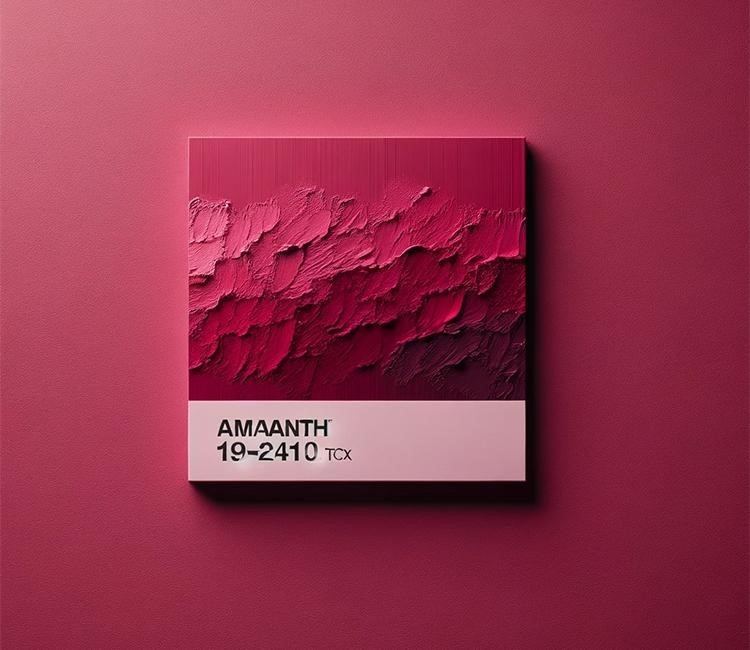
Amaranth is an iconic term with two meanings: first, as an eye-catching red hue, and second, as a group of over 60 species of tall grain-producing plants. The vibrant, rosy-red colour associated with amaranth comes from the flower of the Amaranthus plant, symbolising immortality and everlasting beauty in Greek mythology, while in agriculture, amaranth plants produce nutritious seeds used globally in various cuisines. These gluten-free seeds boast protein, fibre, and essential micronutrients, making amaranth an iconic and unique colour name and valuable crop both culturally and nutritionally. Amaranth stands out culturally and nutritionally.
You may also like!
| Brown Color Combination | Brown Colour Combination Paint Ideas for Wall |
| Ceiling Paint Ideas | Best Painted Ceiling Ideas for Modern Home |
| Chalkboard Design Ideas | Easy and Stylish Chalkboard Design Ideas |
| Bedroom Paint Colours | Classic Bedroom Paint Colour Ideas & Inspiration |
Byzantium

Byzantium, with its strong historical and cultural associations, is best understood in two contexts. First is its name-giver: Constantinople/Istanbul was an ancient city that later came to be known as Byzantium or simply known by this term; secondly, as an adjective meaning a deep shade of purple associated with luxury and imperial aspects of Byzantine rule, symbolising power wealth sophistication often used in royal and religious contexts; and lastly, as an imperial power, Byzantine art, religion, and politics left profound effects throughout European and Middle Eastern history as well as beyond its borders, shaping both cultures as well as political landscapes over centuries!
{walls}
Celadon

Celadon refers to both a type of ceramic glaze and its characteristic green-blue hue that recalls jade. Originating in China over a millennia ago, celadon pottery is known for its translucent, subtly crackled glaze ranging from pale greyish green to rich seafoam hue. Iron oxide combined with firing in a reduced atmosphere kiln gives celadon its signature colour; celadon wares have long been seen as symbols of refinement and taste throughout Asia and Europe; today, celadon continues to be revered within ceramics and design circles because of its serene, understated elegance as well as historical significance.
Glaucous
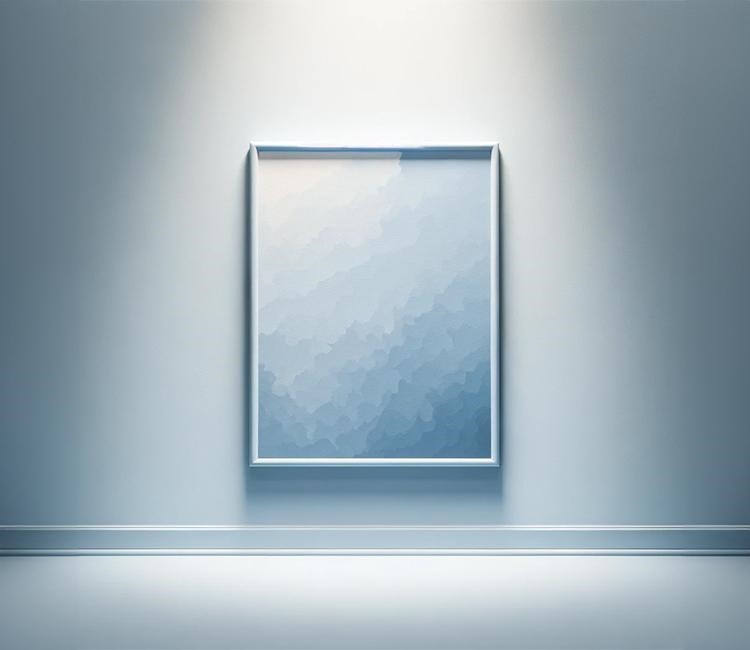
Glaucous is an interesting term in the colour spectrum, denoting a dull bluish-green or bluish-grey hue. The term has long been employed in botany and ornithology for plant leaves, bird feathers, and insect wings that feature this distinct hue, often found on plant leaves, bird feathers, or insect wings that display their signature colouration. Derived from Greek 'glaukos,' meaning 'bluish-green,' its use can help reduce water loss while reflecting extra sunlight; in design, glaucous creates an earthy tone, which creates a calm aesthetic that draws users inward.
Falu Red
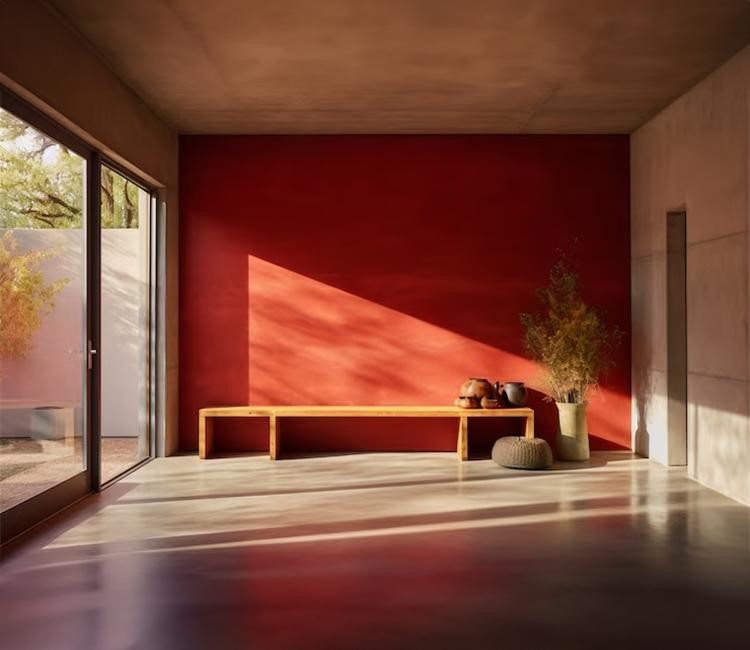
Falu Red, an earthy red colour associated with Sweden since it originated at Falun copper mine's waste products in Dalarna, Sweden, holds great cultural meaning there. This iconic hue, synonymous with old barns and traditional countryside homes, comes from this mineral's waste products used in paint made with linseed oil and rye flour for durability and weather resistance; historically, it was mixed with linseed oil to form weather-proof paint used widely throughout Swedish architecture since 16th-century architecture as weatherproof paint. In use since 16th-century architecture, it has both rustic charm and practicality while simultaneously portraying rustic charm and practicality in Swedish architecture since 16th-century architecture, where this hue blends harmoniously with natural landscapes, making this an iconic part of Scandinavian countryside life.
Isabelline
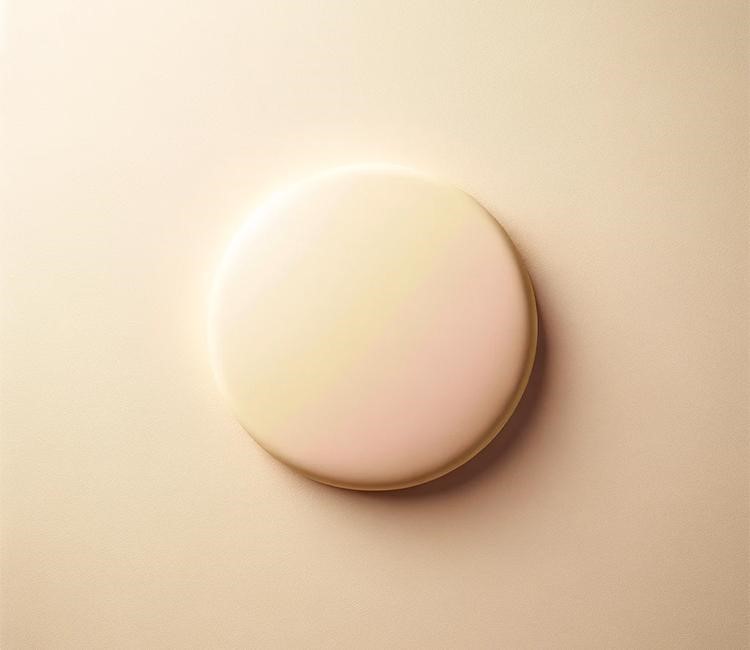
Isabelline, a subtle grey-yellow shade akin to dirty white or sand, has its roots in the 16th century and is possibly named after Infanta Isabella of Spain. Although its exact origin is unclear, it is believed to be linked to genetic variations in animal coat coloration. This hue is particularly notable for its presence in certain bird and animal coats, resulting in Isabelline plumage or fur. Infanta Isabella herself is speculated to have had a connection to this colour, potentially due to a characteristic trait in her hair colour. In the realms of fashion and design, Isabelline offers a neutral, serene backdrop, ideal for minimalist yet sophisticated styles. Its ability to blend seamlessly with other colours has made it a popular choice in various design schemes, appreciated for its understated elegance and versatility. Despite its historical ambiguity, the colour continues to be a favoured choice for those seeking a peaceful and elegant aesthetic.
{walls}
Lapis Lazuli

Lapis Lazuli, a semi-precious stone, is revered for its striking deep blue colour flecked with golden pyrite, resembling stars in the night sky. Hailing from regions such as Afghanistan and Chile, this ancient gem has long been prized for its intense hue and rarity. Lapis lazuli was used by some of the greatest artists throughout history to produce ultramarine, the highest-quality and most expensive blue pigment available. Additionally, lapis lazuli represents wisdom and truth; symbolically, it represents wisdom and truth as well as offering protective properties and became a popular jewellery choice due to this belief. Lazuli remains captivating across cultures and artistic mediums with its stunning rich blue hue and golden specks, capturing people's attention and inspiring them with its beauty.
Nattier Blue

Nattier blue, in art and colour studies, is named for 18th-century French painter Jean-Marc Nattier and refers to a delicate, soft hue often with a grey undertone, prominent in Nattier's portraits of aristocratic subjects reminiscent of Rococo-style elegance. Wider usage includes interior design and fashion, where its subtle charm adds subtle luxury, keeping its connection with Nattier and his paintings.
Sarcoline
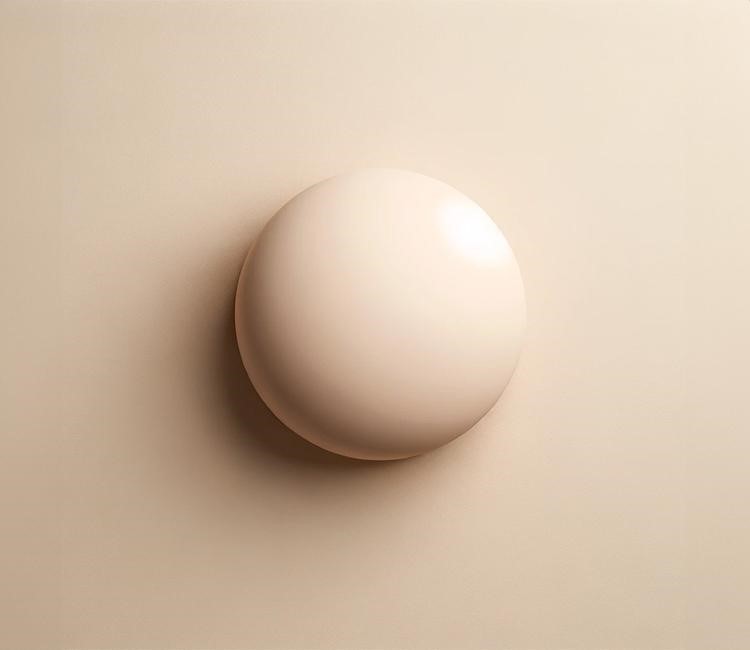
Sarcoline is an elegant colour described as a fleshy peach or beige hue similar to human skin colour. The fancy colour name is derived from the Latin sarcus, meaning flesh. Sarcoline lends itself to fashion and design with its subdued elegance, acting as a neutral base that works with many colours and designs, while its natural organic qualities lend warmth and cosiness. Popular among interior designers as a choice in clothing or accessory design schemes thanks to its serenity-inducing qualities, creating harmony with other elements present within design schemes’ideal for fashionistas looking for that special something extra in clothing designs!
Verdigris
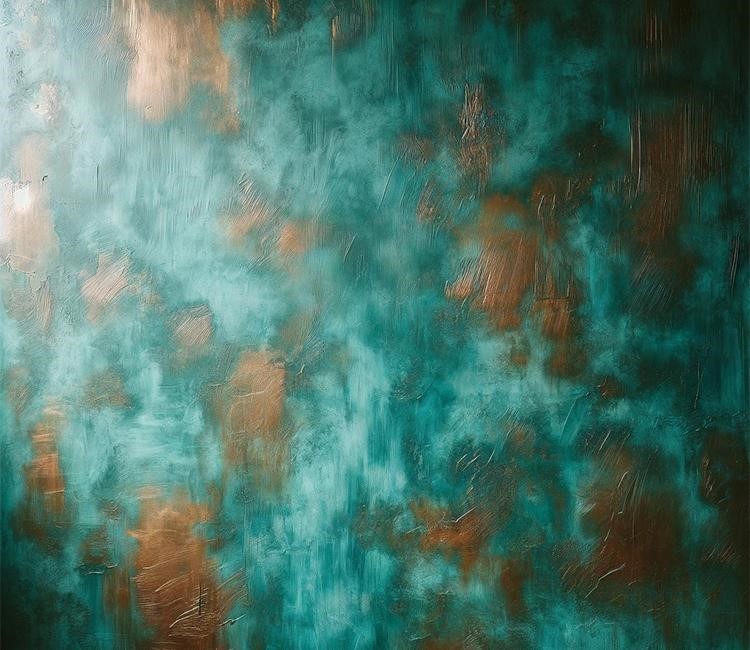
Verdigris is an iconic green pigment, best known for its vibrant yet aged turquoise hue. This hue results from copper patination over time by air or seawater exposure; over time, this forms copper acetate, which then accumulates on objects and structures as their exterior surfaces weather naturally, forming an antique charm with time-worn patinas. Verdigris was historically used as a pigment in paintings and dyes valued for its vividness and permanence, and more recently as an architectural detail on weathered copper roofs or statues to add antique beauty. Verdigris symbolises art versus nature as it reminds us all about time's passing while adding historical quality and ageing charm to architecture and sculpture alike!
Xanadu

Xanadu, an exotic and unique colour name with deep cultural associations, is best known as a shade of deep green-grey. This colour, named after Samuel Taylor Coleridge's poem 'Kubla Khan,' represents mystique and tranquillity’qualities it shares with its legendary city in 'Kubla Khan,' which epitomises in its name alone. When used in design, it offers a grounding presence while simultaneously exuding mystery. Perfect for spaces aiming to foster relaxation or feel closer to nature, its versatility enables pairing it well with both bolder and subdued palettes while adding depth and contemplative depth to both interior design and fashion projects.
{walls}
Coquelicot

Coquelicot, an energetic shade of red, takes its name from the wild poppy flower in French as coquelicot. This bright shade, with slightly orange tintings, recalls its delicate petals found blooming across European fields, symbolising energy, passion, and lively spirits reminiscent of European fields filled with poppies in summertime. Fashion and design alike use coquelicot as an accent piece to add brightness and vitality. Coquelicot represents the natural beauty of wildflowers as well as life itself and captures this hue's vividness, making it a popular choice for accent pieces within interior design or attire where its vividness captures people's eyes while adding warmth and vitality, encapsulating all aspects of summer.
Razzmatazz
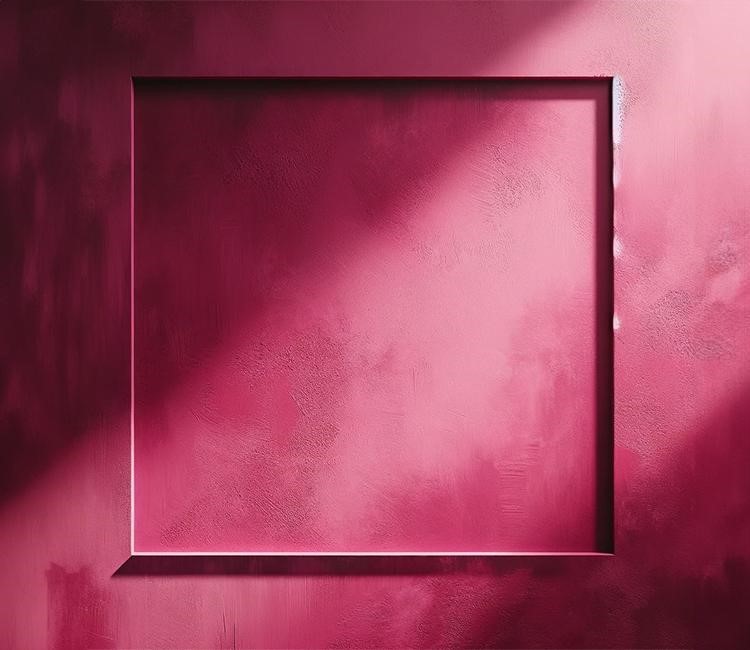
Razzmatazz is an intense and lively pinkish-red hue, conveying excitement and exuberance. This intense yet bold shade captures its name by connoting an atmosphere full of energy and fun; thus making this intense yet bold hue popularly chosen as accent pieces or statement pieces to stand out in design and fashion. Razzmatazz not only adds energy and daring but can also spark creativity and vibrancy. Razzmatazz celebrates boldness while infusing life wherever it's used, bringing life and animation wherever it appears, bringing life and animation wherever it appears, and bringing life and animation wherever it may occur!
Sinopia
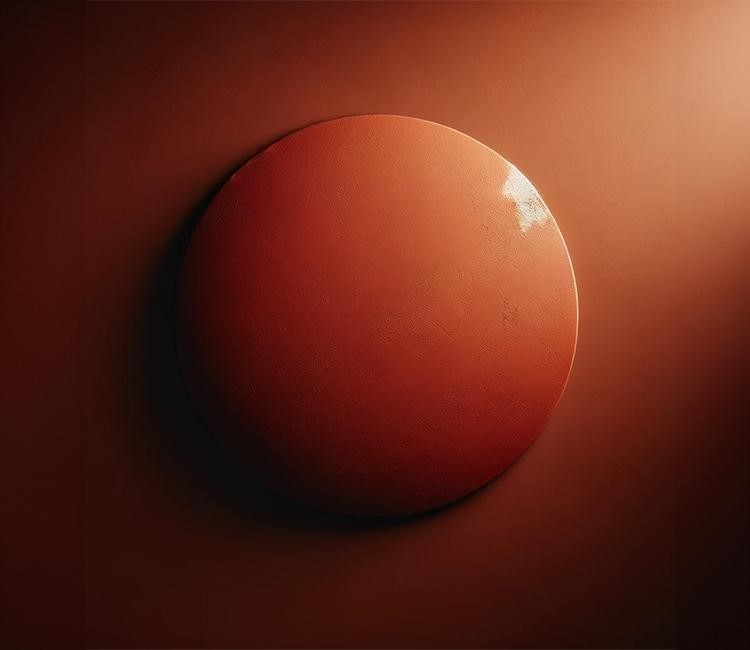
Sinopia, an earthy red pigment named after its source city in Turkey's Sinop, has long been used in art history as an underdrawing material in fresco preparations and restoration projects. The warm terracotta hue of Sinopia brings a timeless quality and antiquity to any design or artistic creation’an exquisite pigment to use during restoration projects or creative endeavours alike. Sinopia was particularly prized during Renaissance-era fresco preparations when used for preliminary sketches on plaster. Today, its timeless quality makes it a popular choice in restoration works and artistic endeavours, with designers looking for depth and warmth in design and art projects alike.
Zaffre

Zaffre is an iconic blue pigment with an impressive history in art and industry. Made from cobalt ore, this vivid pigment undergoes roasting and grinding to form its distinctive hue, which was historically prized in ceramics and glassmaking due to its stability under high temperatures and resistance to fading; additionally, when mixed with zinc oxide, it creates cobalt blue, another revered hue used by artists and designers today. Zaffre stands out among all others due to its brilliant saturation and durability, testaments to early material science, which has left a lasting impression on colour design practice today.
You may also like!
| Types of Paints and Finishes | Know about Different Types of Wall Paint and Finishes |
| Wall and Ceiling Colour Combination | Stylish Ceiling and Wall Color Combination for Great Look |
| Wall Colour Combination | Trendy Wall Colour Combination and Painting Ideas |
| Lightening the Greens | What Colour is Replacing Dark Green? |
Conclusion
Each colour in this collection, with its unique colour codes and rare colour names, provides us with a window into our planet's diverse palette. From some of the rarest colours in the world to the most mysterious colours, these hues help define beauty and diversity. No matter if you are an artist, designer, or simply interested in colour theory, exploring these remarkable hues will offer both discovery and wonderment on this journey into unknown territory!
Want some more inspiring decor ideas and suggestions? Get in touch with the experts at Interior Company, crafting bespoke and livable designs for you and your loved ones.
*Images used are for illustration purposes only. Interior Company does not hold any copyright to the images unless mentioned explicitly.
Wall Paint Design Ideas for You
- Theme
- Color
- Room Type
Ready for a home transformation?
Let our designers assist you!
Recent Posts
Zaffre is a vivid blue pigment derived from cobalt ore, used historically in ceramics and glassmaking for its intense hue and durability. It’s created by roasting and grinding cobalt ore and is also mixed with zinc oxide to produce cobalt blue, a popular colour in artists’ palettes.
Wenge is a deep, dark brown, almost black wood with fine black veins, primarily harvested from Millettia Laurentii trees in Central Africa. Due to its durability and attractive grain pattern, it’s commonly used in furniture, flooring, and cabinetry.
Fulvous is a warm, reddish-yellow, brownish-orange hue, similar to autumn leaves or the tawny shades of some animal furs. It’s a colour often associated with landscapes, wildlife, and traditional textiles, and is used in ornithology to describe the colouration of certain bird feathers.
Amaranth is a rosy-red colour with a hint of purple, symbolising immortality and unfading beauty in Greek mythology. It’s also a term for a group of grain-producing plants, valued for their nutritious seeds and leaves, making them a popular superfood.
Byzantium is a deep shade of purple, associated with the luxury and imperial aspects of the ancient city of Byzantium, now Istanbul. This colour symbolises power, wealth, and sophistication and was often used in royal and religious contexts, reflecting the city’s rich legacy in art, religion, and politics.
Related Category
- Bathroom
- Bedroom
- Kitchen
- Living Room
- Walls and Texture



































